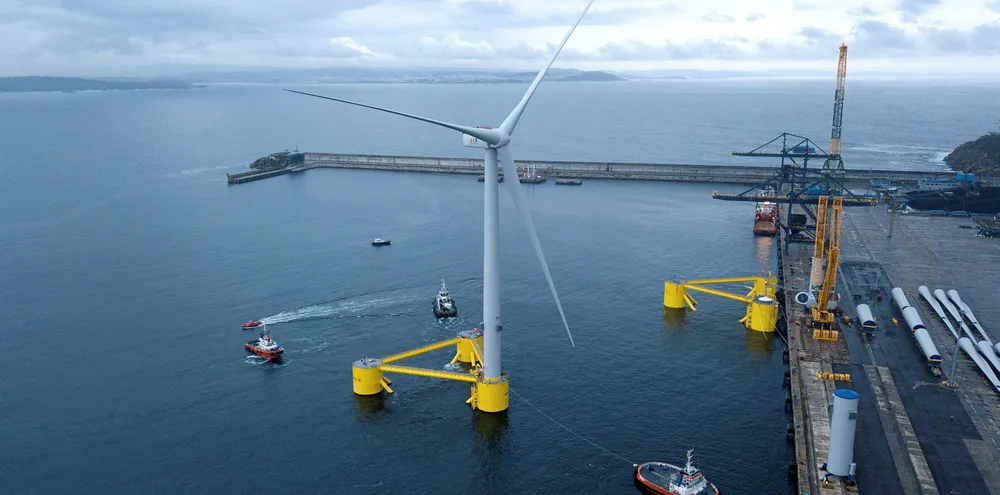Power and oil can grow floating wind together, Iberdrola and Shell tell Recharge event
Top executives from utility giant and supermajor tell Digital Roundtable that collaborations can drive scale and cost reductions in fast-emerging market

Top executives from utility giant and supermajor tell Digital Roundtable that collaborations can drive scale and cost reductions in fast-emerging market
